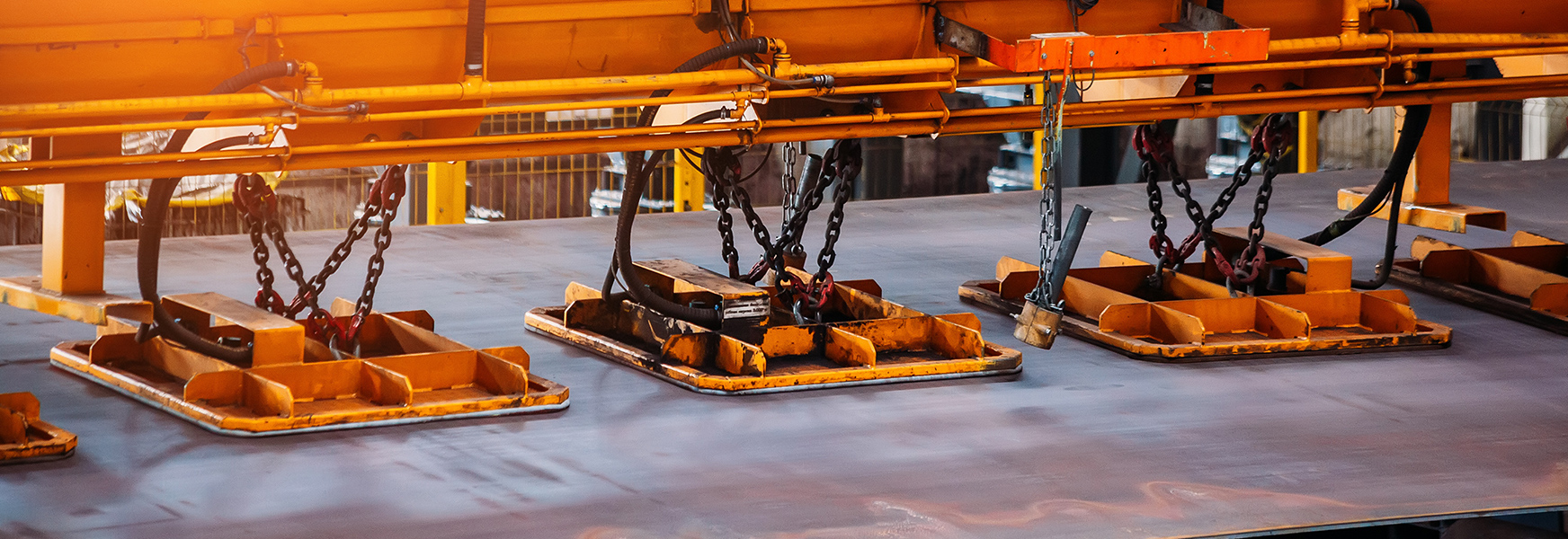Vacuum Lifters Really Suck (And That’s A Good Thing)

The owner of a landscaping and property service business told me recently that he bought a vacuum lift system that attaches to an excavator to handle the heavy lifting of stone steps, slabs, and pavers on hardscape projects. He added that his crew was excited at the prospect of building patio decks and granite stairs without the hassle of using straps, prybars, and brute force to settle stone in place. The use of a vacuum lifting device for this purpose is a prime example of working smarter, not harder, not only for safety sake but also for efficiency and productivity improvement. During the practical training demonstration and break-in of the lifter out in the yard, it’s a good bet the crew quickly realized they wouldn’t be breaking their backs anymore when using this “sucker” in earnest. If backs could talk, there’d be the utterance of a collective sigh of relief and thank you tenfold during that epiphanous moment.
Vacuum lift systems are certainly not unique to the landscaping industry. Commercially, they’re used in a number of industries including food & beverage, automotive, pharma and chemical, logistics/order picking, and in sheet glass, steel, and wood processing. In a number of applications, the vacuum lifter is attached to mobile equipment such as a crane, forklift, or, in landscaping, a backhoe or skid steer. When used as an attachment piece, a vacuum lifter is categorized as a below-the-hook lifting device. The American Society of Mechanical Engineers safety standard, ASME B30.20, addresses the proper marking, construction, installation, inspection, testing, maintenance, and operation of vacuum lifting devices. It stands to reason a vacuum lifter needs to be operated optimally when considering the importance of maintaining strong suction on the conveyed object. The ASME B30.20 – 2021 Below-the-Hook Lifting Devices standard is available for purchase in printed copy or digital download on the ASME website. Purchasers and users of vacuum lifting devices should be familiar with this standard, comply with its requirements, and have a copy available in the facility. Now, that’s a statement the law firm of Bissell, Dyson, Kirby, and Hoover would dutifully defend.
Unsurprisingly, vacuum lift systems have even gained a foothold in the construction industry, particularly on pipeline projects with the placement of heavy pipe segments as well as in road construction with the lifting and movement of concrete barriers. Given the prevalent use of vacuum lifters in pipeline work, the American Pipeline Contractors Association developed a guidance document for the pre-operation, operation, and post-operation of vacuum lift systems that’s available on the ELCOSH (Electronic Library of Construction Occupational Safety & Health) website. There’s a sample vacuum lifter safety checklist included at the bottom of the page.
I wonder, having watched a few episodes of the TV series Ancient Aliens, if extraterrestrial beings visiting Earth in antiquity could have introduced to early civilization the concept of vacuum lifting in the construction of the Egyptian pyramids. Otherwise, it must have sucked to move the massive stones into place by manual means. In modern times, harnessing the power of vacuum suction has certainly made material handling much easier and safer when put to appropriate use. Might a vacuum lifter have a place in your workspace?

